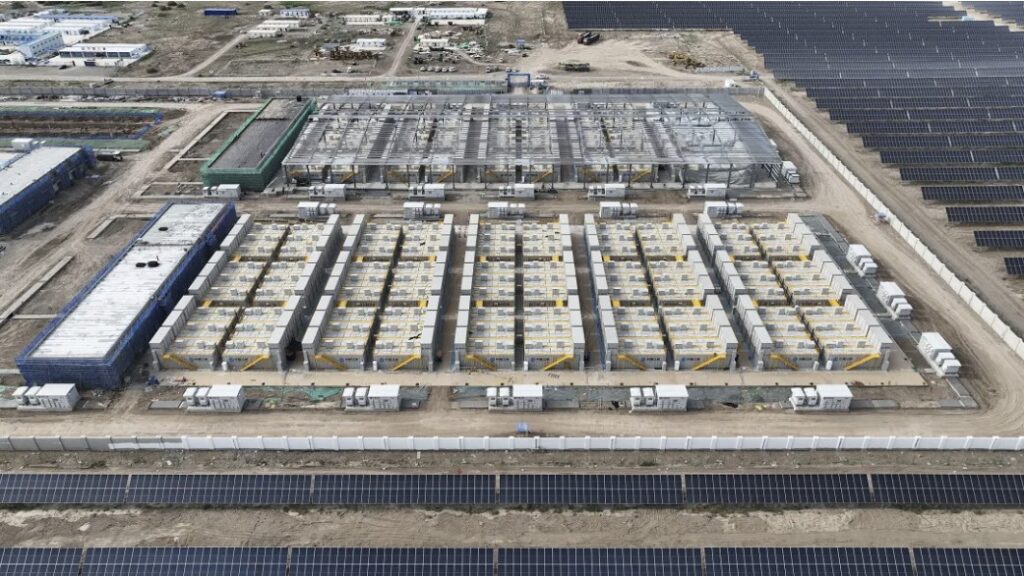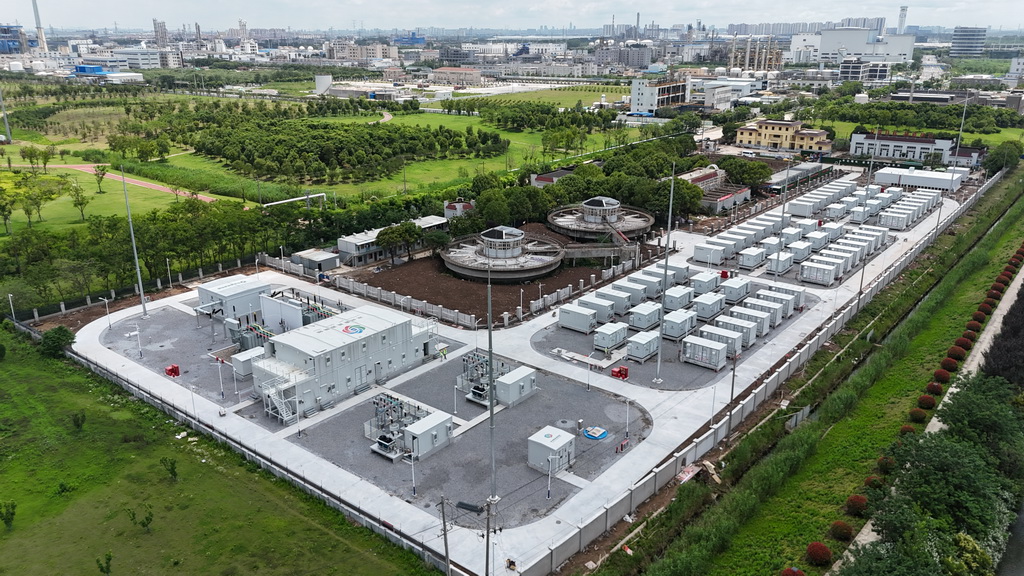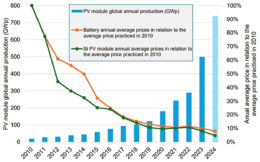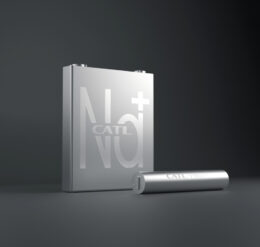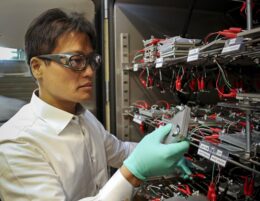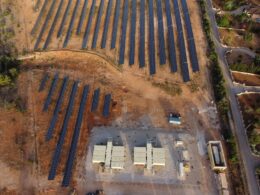EticaAG launches toxin filtration system for lithium ion batteries
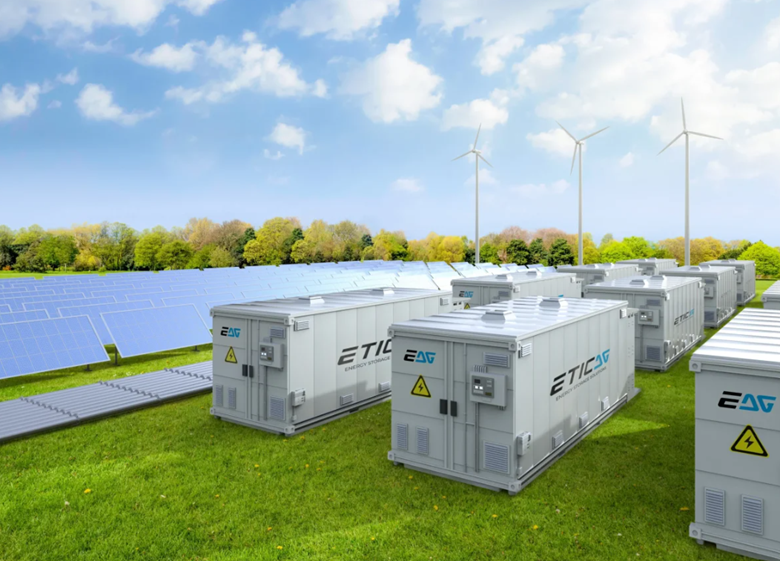
Conversations around battery storage safety have largely focused on fire suppression. But those discussions overlook another major potential hazard: toxic gas release during lithium-ion battery thermal runaway events.
Earlier this month, US -based battery manufacturer EticaAG launched HazGuard, powered by TRAPS, a new gas conversion system that neutralizes and vents toxic compounds like hydrogen fluoride before they’re released into the environment. The company is known for its proprietary immersion systems; according to their team, HazGuard can provide the next level of safety for indoor storage systems or those located near critical infrastructure.
“We were looking for something that was the total safety solution for thermal runaway,” said Sam Harper, EticaAG’s vice president of marketing and brand, in a conversation with ESS News. He explained that while EticaAG’s tech could already prevent thermal runaway events from propagating from cell to cell, the immersion can’t prevent toxic gas emissions if an event does occur.
For outdoor systems in rural areas, that might not be hugely problematic. But, when your “goal is to have people be able to confidently install lithium batteries in residential environments, even a little bit of toxic, flammable gas is a big cause for concern,” Harper said, adding that a solution capable of neutralizing those gases is mission-critical for safety.
The neutralization system is triggered by sensors inside EticaAG’s containerized systems that can detect gas and heat.
“The ventilation system collects all of the gases and neutralizes the toxic compounds and vents them out safely back into the environment,” Harper explained.
This ability to neutralize rather than just vent gas is what he says makes HazGuard distinct.
“For energy storage, you have to have some kind of ventilation system,” he explained, but EticaAG’s is “the first and only to offer a complete safety solution that stops fire propagation and toxic gas emissions.”
Initially, HazGuard will be offered as an optional add-on for EticaAG’s 20-foot containers and power cabinet systems. That way, customers putting batteries indoors or in highly populated areas can opt for the extra level of protection while others might choose to forgo it if their project is located in a rural outdoor location.
“We don’t want to increase the capex for our customers on projects that don’t necessarily need it,” Harper said.
While retrofitting older systems to include the system would be technically possible, Harper notes that it would be “a bit of a big project” as it would require cutting open containers and replacing the current ventilation systems.
HazGuard will serve as a complement to EticaAG’s existing immersion cooling approach, which submerges each battery cell in a biodegradable, nontoxic dielectric liquid.






